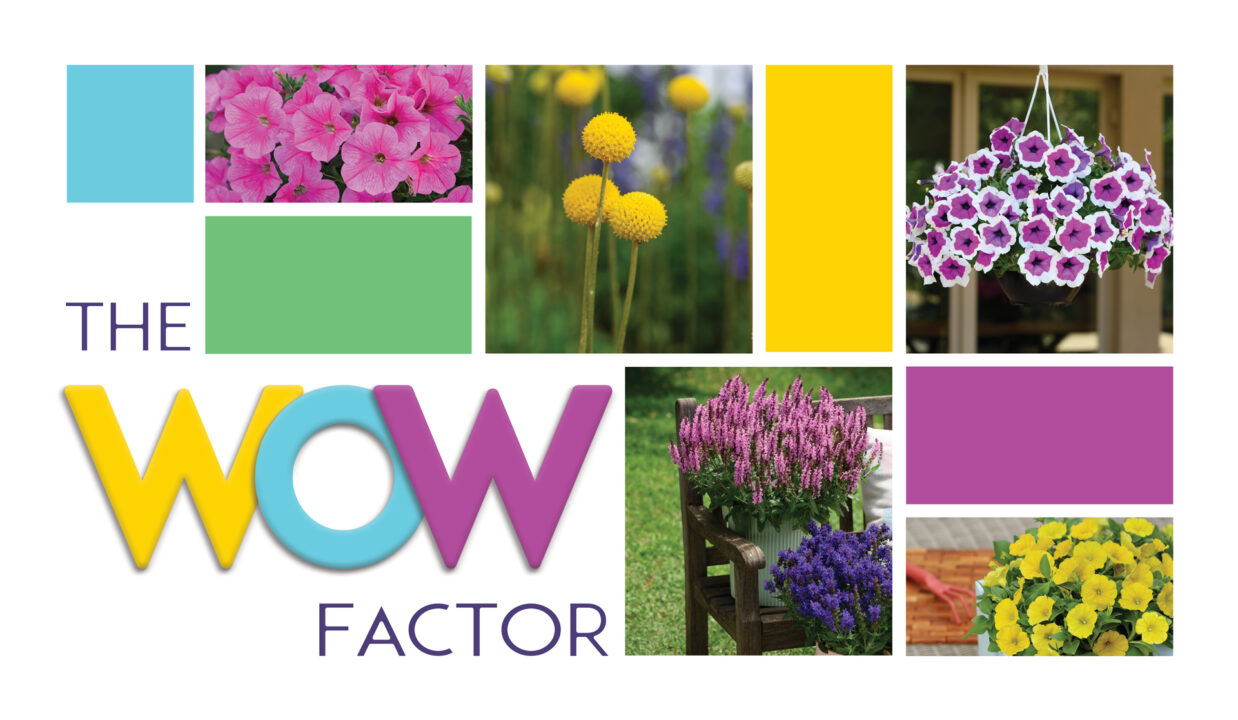Floral Industry Leaders ID Innovation and Collaboration as Keys to Solving Transportation Issues
 The floral industry has recently been challenged with a perfect transportation storm that resulted in rate increases and truck shortages due to driver shortages, fuel increases, overall freight tonnage increases, and electronic logging device (ELD) enforcement, among other factors.
The floral industry has recently been challenged with a perfect transportation storm that resulted in rate increases and truck shortages due to driver shortages, fuel increases, overall freight tonnage increases, and electronic logging device (ELD) enforcement, among other factors.
Floral leaders attending the Produce Marketing Association (PMA) Fresh Connections: Floral event in Miami this year quickly identified innovation, education, and collaboration as the recipe for overcoming future transportation issues. According to USDA, investments in refrigerated facilities and technology increased the long-haul capacity for shipping fresh fruits and vegetables in 2017. This same investment and innovation are needed to address transporting floral products.
Better transport has the potential to improve not only the quality of floral products, but also to generate growth for the entire the floral industry. This begins with advocating for investment in infrastructure projects such as roads and ports, as well as advocating for innovation that requires corporate investment in infrastructure such as coolers, new technologies, and new processes.
For the industry to be innovative, it requires the organizations that make up the industry to be innovative. Floral leaders identified the importance of having creative work environments to encourage new ideas for solving old problems as the first transformation needed to move away from traditional thinking. Doing business differently requires the courage to take risks and the time to identify solutions, research options, and reflect on and learn from decisions.
When it comes to transportation in the floral industry, there is education that needs to take place. It is not just about capacity, but also about leveraging the overall supply chain. As markets change, shippers can’t continue to use the same tools to support their evolving business needs. Thinking outside the box requires understanding transportation issues, key market trends, innovations on the horizon, and legislative issues.
Floral industry leaders have also identified the benefits of collaboration throughout the supply chain. Shippers, carriers, and consignees all have critical roles to play in creating a more efficient supply chain with benefits shared by all. It requires a commitment to work together for the benefit of the floral industry and not just of individual companies. Whether the answer lies in standardized box sizes, consolidating resources, or innovations like drones and longer-lasting plants, it will take effective communication and collaboration throughout the supply chain to reap the benefits.
PMA is also creating a Floral Transportation Task Force. This task force will identify opportunities to overcome the difficulties and challenges impacting the global floral industry when transporting product. It will work in conjunction with the PMA Floral Council and will seek to confirm the current issues and identify options to address. For additional information on this task force, contact Becky Roberts ([email protected]).










